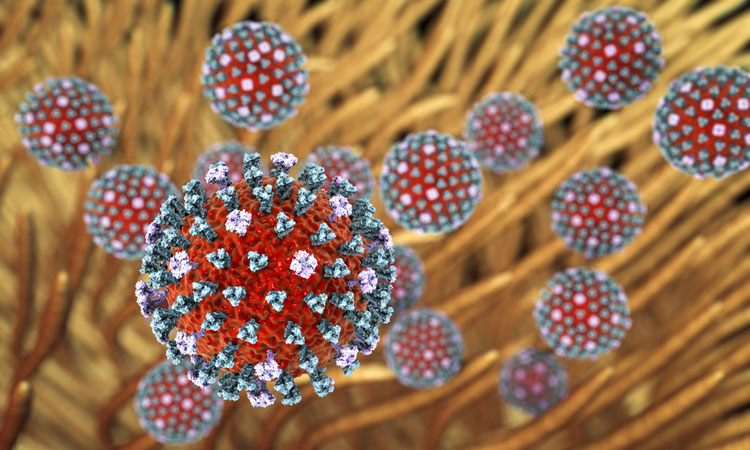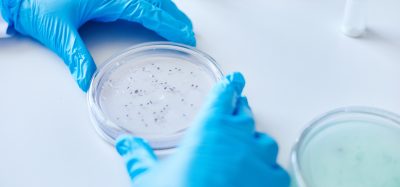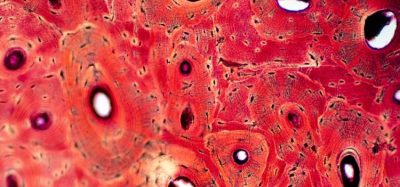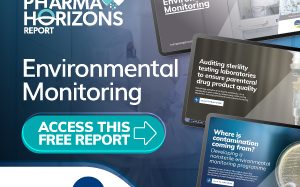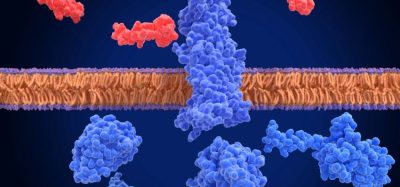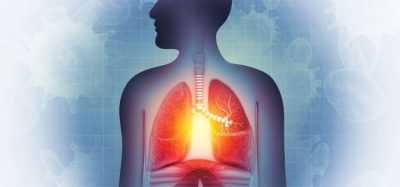Periostin concentration levels in asthmatics could reveal best treatment
Severe asthma sufferers could benefit from newer targeted therapies, and could be identified through levels of periostin in their airways…
Researchers have realised that the measurement of periostin concentration in the airways of asthma patients identifies patients with a severe form of asthma (type 2 endotype). The researchers suggest that these patients could benefit from newer targeted treatments.
In the past many researchers have actively investigated the role of periostin a matricellular protein in both asthma and type 2 inflammatory responses.
“The T2 immunity severe asthma endotype is one of the most consistent endotypes to emerge probably because it is a key driver in nearly half of all patients with asthma,” said Professor Giovanna E. Carpagnano at the Institute of Respiratory Diseases, Department of Medical and Surgical Sciences, University of Foggia, Foggia, Italy.
For the study, 40 patients with severe asthma were recruited, along with 21 patients with mild to moderate asthma and 15 healthy controls. All individuals underwent exhaled breath condensate and sputum collection, eosinophil count in blood, fractional 32 exhaled nitric oxide (FeNO) and immunoglobulin E (IgE) measurement.
The research team found that periostin is measurable in the airways and is at an increased level in severe asthmatic subjects.
“There have been several studies about the value of periostin as a marker of severe eosinophilic asthma, but to measure it in blood limits its value as serum periostin derives from several sources outside the lung and can’t be considered an organ-specific marker,” noted Dr Maria Pia Foschino Barbaro at the Institute of Respiratory Diseases, Department of Medical and Surgical Sciences, University of Foggia, Foggia, Italy. Dr Barbaro also headed the research group.
Senior investigator Dr Peter J. Barnes, at the Airway Disease Section, National Heart and Lung Institute, Imperial College London, UK, said: “Unlike serum periostin, airways periostin is a useful marker of severe eosinophilic asthma and may help to phenotype patients that will respond to the biologic agents.
“The newly developed biological treatments have the potential to transform the quality of life of patients with T2 severe asthma. This study suggests that airways periostin is the expression of T2 severe asthma and if validated, could be a useful biomarker to apply stratified medicine for severe asthma, and could transform the quality of life of these patients.”
“Severe uncontrolled asthma is an expensive disease that accounts for more than 60 percent of the costs associated with the disease,” commented Prof Carpagnano. “The newly developed biological treatments are expensive too, but if directed to the right patients, they will significantly reduce the global cost related to the management of severe asthmatic patients.”
The study was reported in the journal CHEST.
Related diseases & conditions
Asthma



